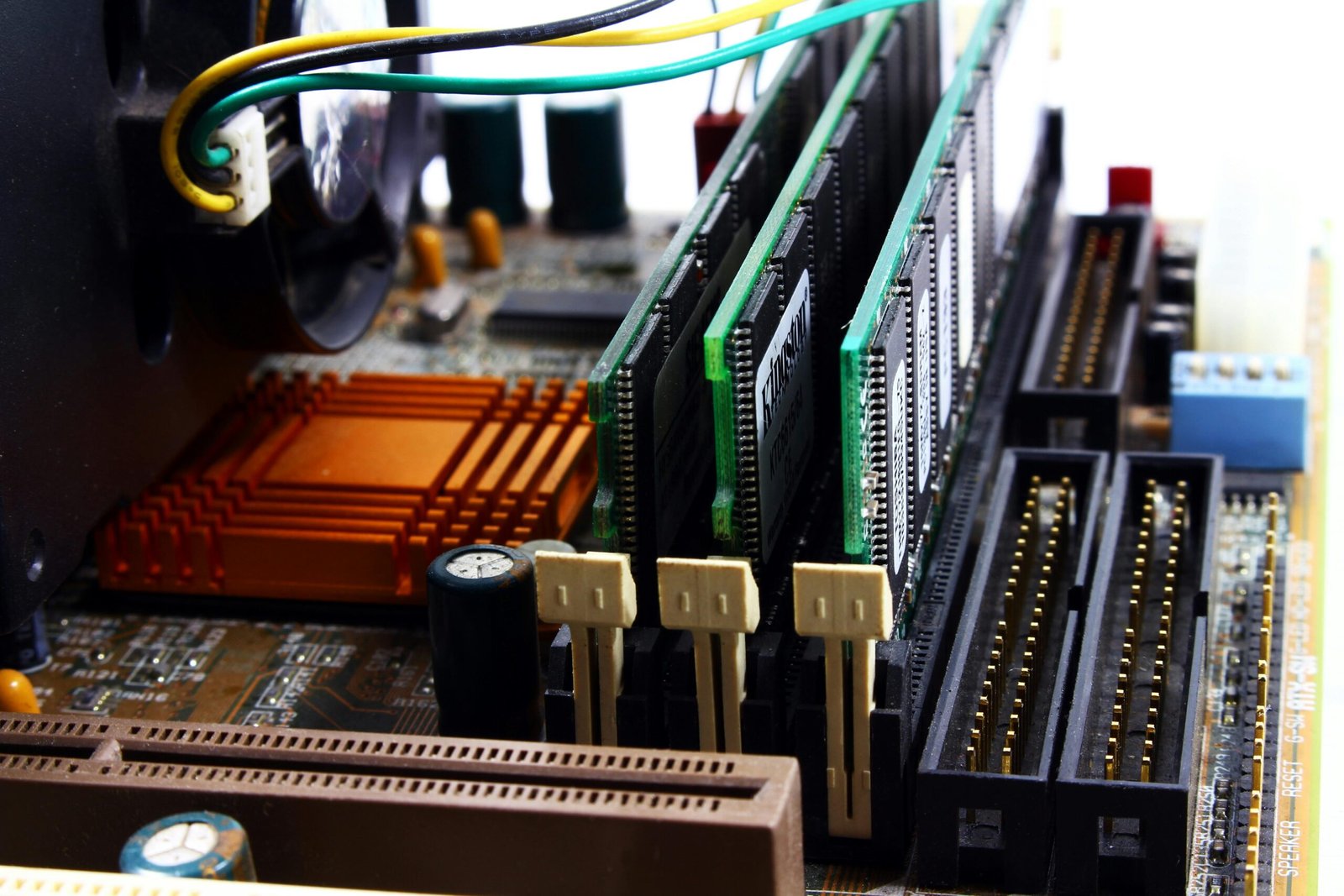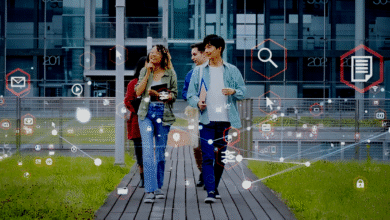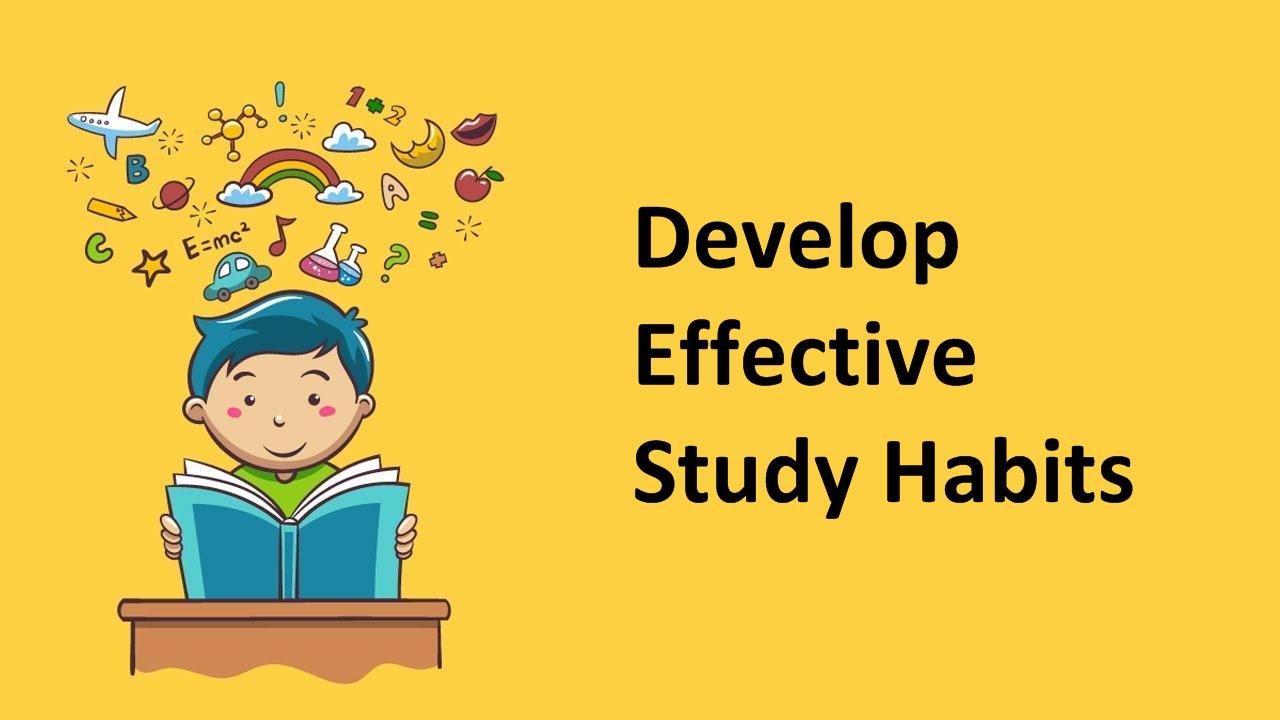Technological Disruptions and the Future of Education

In the rapidly evolving landscape of education, technological disruptions have become a driving force that is reshaping the way we learn, teach, and engage with educational content. This article delves into the profound impact of technology on education and explores the potential future scenarios that await us. From virtual classrooms to personalized learning, this article will take you on a journey through the exciting transformation of education in the digital age.
Technological Disruptions in Education
Education technology, often referred to as EdTech, has emerged as a powerful catalyst for change in the field of education. It encompasses a wide array of tools, platforms, and digital resources that are revolutionizing the learning experience for students of all ages. From interactive online classrooms to personalized learning paths tailored to individual needs, EdTech is not just a supplementary tool; it is the cornerstone of a new era of education.
In this article, we will navigate through the various facets of this technological disruption, examining its potential to bridge educational gaps, enhance engagement, and prepare learners for a future that demands adaptability and digital literacy. Welcome to the future of education, where the possibilities are as limitless as the digital realm itself.
Read More: Virtual Tours and 3D Models for Education: How to Bring Learning to Life
The Rise of EdTech
A New Era of Learning
Technological Disruptions in Education: Educational technology, commonly known as EdTech, has revolutionized the way we acquire knowledge. With the internet as a vast repository of information, students and learners now have the world at their fingertips. Online courses, e-books, and educational websites have made learning more convenient and accessible than ever before.
Access to Information
One of the most significant benefits of technology in education is the democratization of information. No longer bound by the constraints of physical libraries or limited resources, students can access a wealth of knowledge online. This accessibility has leveled the playing field, allowing individuals from diverse backgrounds to pursue education and career opportunities.
Virtual Classrooms: Bridging the Gap
Breaking Geographical Barriers
Technological Disruptions in Education: Virtual classrooms have emerged as a game-changer in education. They enable students to attend classes from anywhere in the world, breaking down geographical barriers. Whether you’re in a remote village or a bustling city, quality education is just a click away.
Interactive Learning
Virtual classrooms also offer a highly interactive learning experience. Through video conferencing, students can engage in real-time discussions with professors and peers. This dynamic interaction fosters a sense of community and active participation, enhancing the learning process.
Personalized Learning: Tailored Education
Adaptive Learning Systems
Technological Disruptions in Education: Technology has paved the way for personalized learning journeys. Adaptive learning systems use data and algorithms to tailor educational content to each student’s needs. This individualized approach ensures that learners receive the support and challenges they require to excel.
Customized Learning Paths
Moreover, students can now choose their learning paths based on their interests and goals. Online platforms offer a plethora of courses and subjects, allowing learners to design their educational journey. Whether it’s coding, art history, or astrophysics, there’s a course for everyone.
Artificial Intelligence in Education
Smart Tutoring
Technological Disruptions in Education: Artificial intelligence (AI) is increasingly being integrated into educational platforms. AI-powered smart tutoring systems can provide real-time feedback and assistance to students. These virtual tutors adapt to a student’s pace and style of learning, enhancing comprehension and retention.
Predictive Analytics
AI also plays a crucial role in predictive analytics. By analyzing student data, AI can identify potential learning challenges or areas where additional support is needed. This proactive approach helps educators intervene and offer personalized guidance.
Gamification: Making Learning Fun
Engaging and Motivating
Technological Disruptions in Education: Gamification is another exciting aspect of technology in education. By incorporating game elements into the learning process, educators can make lessons more engaging and motivating. Achievements, badges, and leaderboards inspire healthy competition and a sense of accomplishment.
Learning Through Play
Furthermore, gamification allows students to learn through play. Complex concepts can be simplified and made more accessible through interactive games and simulations. This hands-on approach enhances comprehension and retention.
The Role of Teachers in the Digital Age
Facilitators of Knowledge
Technological Disruptions in Education: While technology plays a pivotal role, the importance of teachers remains undiminished. In the digital age, educators become facilitators of knowledge, guiding students through the vast sea of information. They provide context, critical thinking skills, and mentorship.
Mentorship and Guidance
Teachers also offer mentorship and emotional support. In an era of virtual learning, the role of a caring mentor who understands the unique challenges students face is irreplaceable. Human connection remains an essential aspect of education.
Challenges and Concerns
Digital Divide
Technological Disruptions in Education: Despite the progress, the digital divide remains a pressing concern. Not all students have access to the necessary technology or a stable internet connection. Bridging this gap is essential to ensure equitable education for all.
Privacy and Security
The digital landscape also raises questions about privacy and security. Protecting students’ personal data and ensuring a safe online learning environment are paramount concerns that need to be addressed.
Future Trends
Augmented Reality in Education
Technological Disruptions in Education: The integration of augmented reality (AR) promises to take education to new heights. AR can bring history, science, and art to life by overlaying digital information onto the real world. Imagine exploring ancient Rome or the solar system from your living room.
Blockchain for Credentials
Blockchain technology is revolutionizing credential verification. With blockchain, academic credentials and certifications can be securely stored and instantly verified, reducing fraud and streamlining the hiring process.
Lifelong Learning
In the future, learning will be a lifelong endeavor. As industries evolve, individuals will need to upskill and adapt continuously. Online platforms and microlearning modules will make this lifelong learning journey more accessible and convenient.
Read More: The Rise Of Online Learning: A New Era In Education
Conclusion
Technological disruptions are reshaping education in profound ways. The future of education is one where learning is accessible to all, tailored to individual needs, and enhanced by technology. Embracing these changes and addressing the associated challenges will be crucial in ensuring a brighter future for learners worldwide.
FAQs
1. How is technology changing the role of teachers?
Technology is transforming teachers into facilitators of knowledge and mentors. They guide students through the vast sea of information, provide context, and offer critical thinking skills.
2. What are some challenges in implementing technology in education?
Challenges include the digital divide, where not all students have access to technology, and concerns about privacy and security in the digital learning environment.
3. How does gamification enhance learning?
Gamification makes learning more engaging and motivating by incorporating game elements like achievements and leaderboards. It also allows students to learn through interactive games and simulations.
4. What is personalized learning, and how does technology enable it?
Personalized learning tailors educational content to each student’s needs using data and algorithms. Technology provides the tools to create customized learning paths for individual learners.
5. What is the future of education in the digital age?
The future of education includes augmented reality, blockchain for credentials, and lifelong learning. These trends will make education more immersive, secure, and accessible to all.







